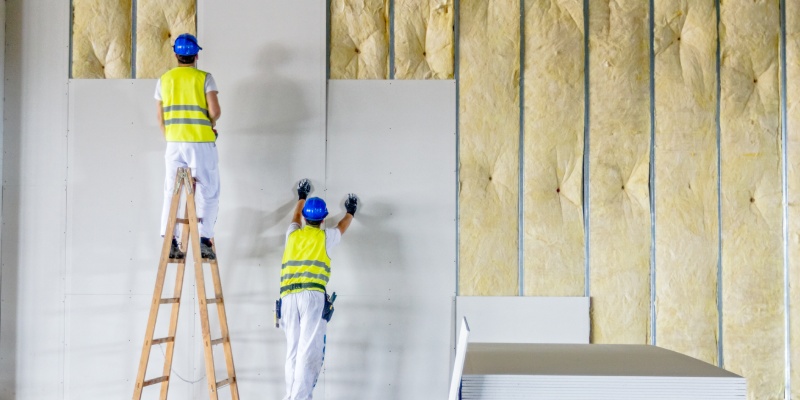Have you been noticing scuffs and holes on the drywall in your house? Wondering how they got there? There are a number of ways drywall can get damaged, some of which you should know about before moving that extra-large couch upstairs! Whether it’s water damage or damage from previous renovations, we’ve compiled 10 of the most common reasons for drywall damage. Read on to find out what they are, how you can avoid them, and how to do drywall repair.
The Most Common Drywall Problems

KEEP READING...
Bad Drywall Finishing
If the drywall finishing is not done right, you will have a problem with the texture. This often occurs when the mix contains more water than needed. You will also be displeased with the results if you spray holding the gun very close to the wall. It will not adhere right. You need to spray from the right distance (as recommended by the manufacturer), pay attention to the pressure and don’t overdo it on one section of the drywall. You need to move along and keep the same speed for a nice result.
Problems With The Joints
Whether this is a residential or commercial drywall installation project, you need to consider the effects of temperature changes. The panels are jointed with joints. Naturally. If the joints are too tight, they won’t allow for the natural contraction and expansion of the material. And so, the joints might crack. You need to keep them a tad loose but not too much because they will fall. It’s important to install drywall correctly. Don’t forget that there is a framing behind the wall. The joints are sealed with tapes and compound. If any of these components is not placed right, the drywall will crack or fall. The best solution to avoid joint problems is to use the fewer possible. That can happen when the panels you use are larger so that they will be supported by studs every 16”.
Badly Cut Drywall For Electrical Outlets
It’s not easy to cut drywall to fit the electrical outlets. Or try to replace an electrical outlet. In this case, even if you manage to remove the old box, the new one might be too small for the drywall hole. What you need is to patch the hole before you finish it. In order to fix it, you need to measure and fit a mesh tape over the hole before you apply joint compound to fill the hole. You might need to put more compound to fill well the hole before you sand it.
Bubble On The Drywall
Most of the times, bubbles are created when the tape is not placed right. If it becomes loose, it will create a bubble. In this case, you need to cut with a knife the problematic area, tape again, apply joint compound and a second coating when dried, and then sand.








Leave a Reply